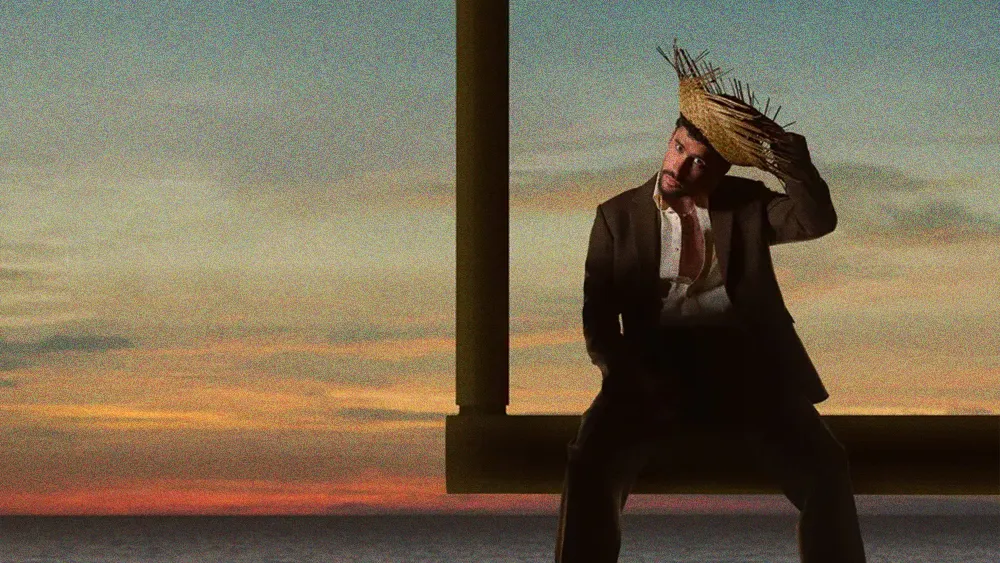When the NFL tapped Bad Bunny for the 2026 Super Bowl halftime show, the market didn’t blink. Every ad slot was gone before the ink on the press release could dry, a clean sellout powered not by team rivalries but by the pull of a global streaming empire. Amid all the frenzy, one thing is undeniable: streaming fandoms now hold the power to set the price of America’s biggest broadcast event.
To unpack the business logic behind the sellout, we turned to someone who’s been tracking the crossover between culture, tech, and audience behavior for decades. Rikki Rincón, Founder of branding agency 222 Creative, is a multimedia entrepreneur with deep roots in the Latino entertainment world and more than 35 years shaping brand partnerships across music, media, and technology. For him, the rush around Bad Bunny is the natural outcome of a global, data-driven fandom finally setting the terms for legacy media.
"Legacy media may control the broadcast, but streaming controls the audience. The fans already live on these platforms, day in and day out. That’s where the energy is, that’s where the data is, and that’s why advertisers moved so fast. The game isn’t leading this moment. The audience is," says Rincón. For advertisers, the logic is built on a wealth of audience data. Bad Bunny's reign as a record-breaking artist, including a three-year peak as Spotify's most-streamed artist, quantifies his audience's economic leverage.
Shh... I'm hunting rabbits: When Bad Bunny turned Puerto Rico into a scavenger hunt, it wasn’t just a stunt. It was a flex. In a single move, he showed how a fan base built on streaming platforms can light up the map like a switchboard and prove its power in hard numbers. "When you can drop a song title into GPS coordinates and spark a movement across an entire island, you’re not just popular, you’re operating a network. Bad Bunny’s fandom behaves like infrastructure. Every click, every location, every reaction is trackable, and that’s gold for advertisers," Rincón explains.
The selection of a global artist aligns with the NFL's strategy to globalize, but does it risk alienating a traditional American audience? Rincón counters that such concerns are rooted in an outdated model of culture, explaining that the mobile phone challenges the very idea of a siloed, language-specific audience.
The universal language: "People still talk about audiences like they’re locked in language boxes, but that world doesn’t exist anymore. You don’t need to understand the lyrics to feel part of it. Mobile phones erased the walls, and fandom moves wherever the signal goes." Rincón explains that it's no longer about language, it's about reach.
No borders, just bars: "Culture doesn’t stay in one place anymore. A kid in Dallas can stream K-pop without speaking a word of Korean, just like millions are streaming Bad Bunny without knowing Spanish. The phone turned every artist into a global act and every fan into a global audience."
Kendrick Lamar’s 2025 performance became the most-watched halftime show of all time. But the 2026 event has an ace up its sleeve: Peacock. The platform gives advertisers what broadcast can't, including greater creative freedom, real-time data, and measurable post-event conversions.
Data and dollars: "Streaming gives brands the best of both worlds. They can lean into Bad Bunny’s personality and push their creative, but they’re not guessing anymore. Peacock gives them the data to see how every second performs, and that’s gold when you’re spending millions," Rincón says.
The Super Bowl is no longer just a stage for America’s biggest game. It’s the ultimate arena for the world’s biggest fanbases. Bad Bunny isn’t just drawing a crowd, he’s pulling in cultures, genres, and data streams that legacy media can no longer afford to ignore. The game might be in San Francisco, but the audience is everywhere.
"While a hip-hop fan loves Kendrick, Bad Bunny hits different audiences simultaneously. He's doing salsa, trap, and reggaeton. He's crossing all over the genres. I have a really good feeling he's going to break Kendrick Lamar's record, potentially bringing in 35 to 50 million more viewers," Rincón concludes.

